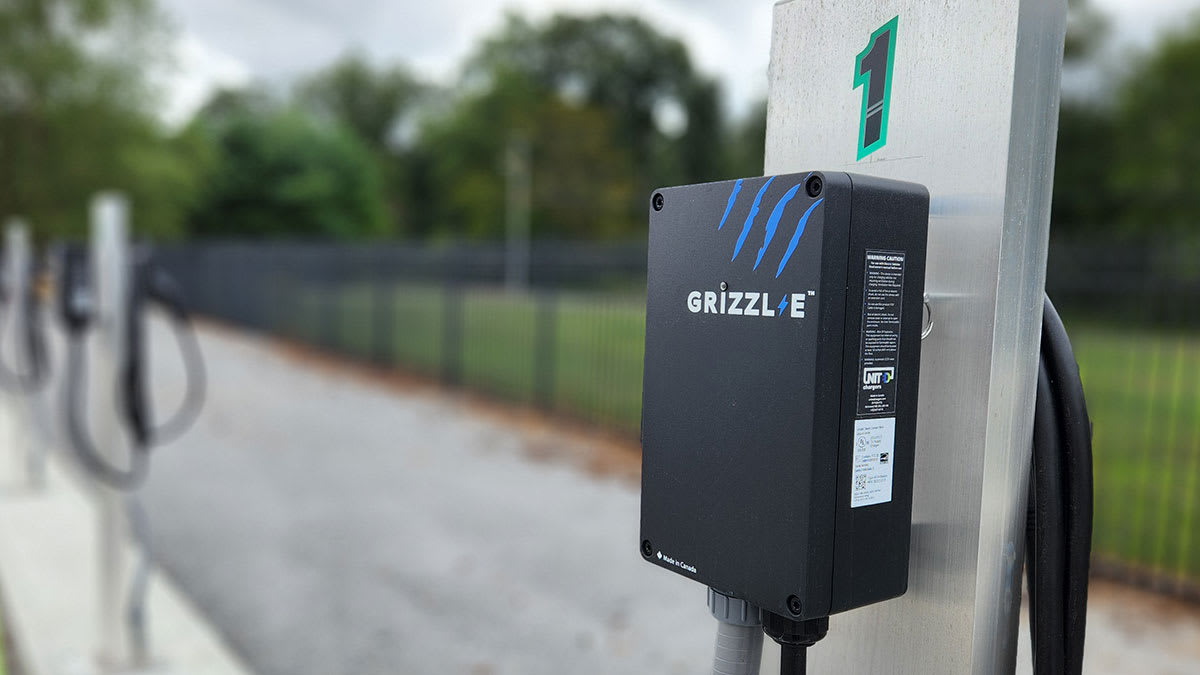When shopping for a home charger, consider the following:
Cable length: The length of the charge cable has an impact on where you can mount the EVSE and how easy it is to reach the charge port on the car. Remember that your next EV may have a charging port in a different location, and you’ll want to be able to reach it. Most cables are between 20 and 25 feet long, and we recommend going for the longest you can afford.
Cable management: It’s handy to have a hook to wrap the unused portion of the cable around. Otherwise, if the cable is scattered, it adds clutter in the garage, collects dust, and might cause someone to trip over it. The ability to place the holster for the connector away from the unit might add flexibility in a tight single-car garage. If your connector doesn’t come with a hook, a wall-mounted holder for a garden hose will do the trick and can be found at any hardware store.
Ease of plugging/unplugging: We like to see a high-quality, substantial coupler that lets you smoothly and effortlessly plug and unplug in and out of the car’s port. A solid and secure holster is an advantage, and it gives you confidence that the coupler will stay secure. One is usually included with top brands.
Location: Where you install your charger could determine how easy it is to plug in your car and how much the installation costs. If you have to dig a trench for wiring, even a few feet can add hundreds of dollars. Even indoors, you can save money by installing a charger closer to where electrical service already exists. Ideally, you’ll want to install your charger so that a cable can easily reach the car’s charge port whether it’s on the front, rear, left, or right of the vehicle. Otherwise, you might have to drag the cable across the car’s roof. Consult an electrician before getting your heart set on where a charger can go.
Size: Once you’ve determined where a charger should go, measure to see how much space you have. A wide wall charger or a thick one that sticks out far from the wall may encroach on space or your flexibility in placing it in the garage. For instance, a narrow unit might fit on the small strip of wall between two garage doors.
Ability to delay charging: Many cars allow you to control the charging time from within the car or via an app, so you can benefit from cheaper off-peak electricity costs, depending on your utility company. If your car doesn’t have this feature, consider a charger that does. Note that this functionality may not work if the company that manufactured the charger discontinues support. That’s what happened when the company that made JuiceBox chargers left the U.S. Owners could still charge their cars, but they lost access to the JuiceBox app.
Weatherproofing: For those without a garage, look for a charger that can stand up to inclement weather. Most are claimed to be weatherproof by manufacturers. If you plan to install yours outside, we recommend finding a charger with a NEMA rating of 3, which is a standard set by the National Electrical Manufacturers Association that defines how resistant a product is to environmental hazards. A NEMA 3 rating, which is common on most home chargers, means they’re resistant to nearly all ambient temperatures in addition to the rain, sleet, and snow that the average U.S. consumer would face. The Grizzl-E has a NEMA 4 rating, which means it is even more watertight. Note that a charging cable can become brittle in extremely cold weather.
Source link
